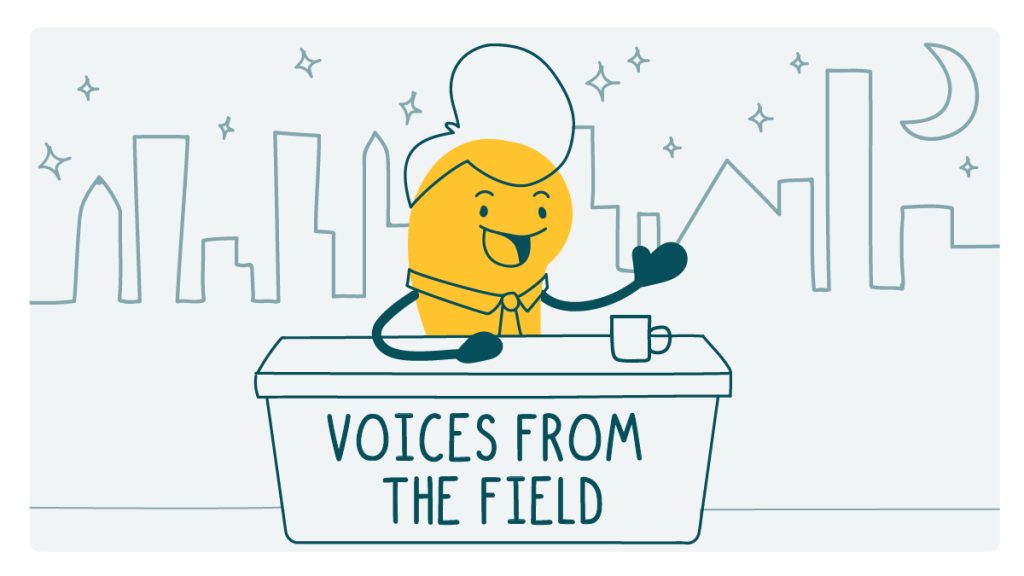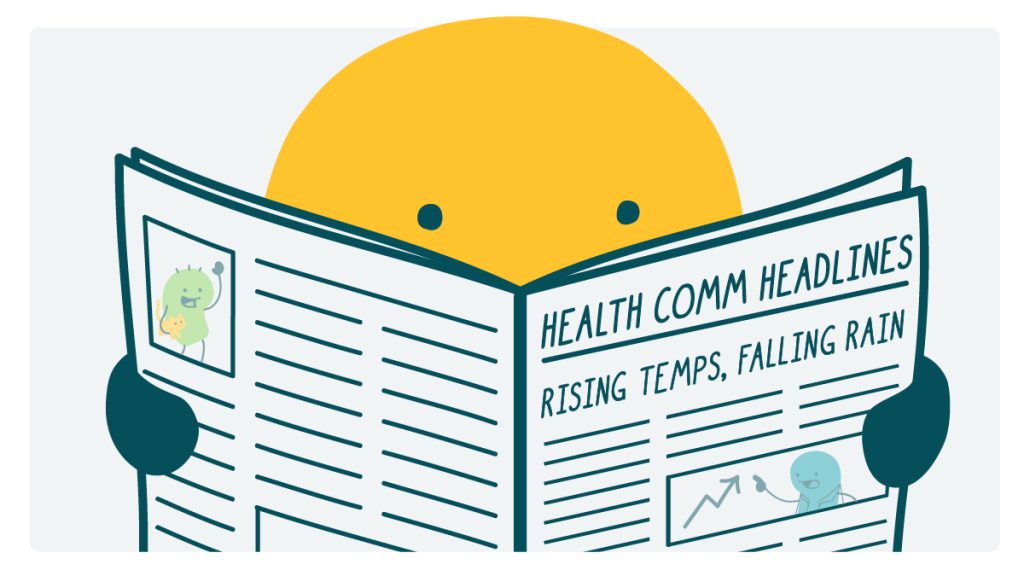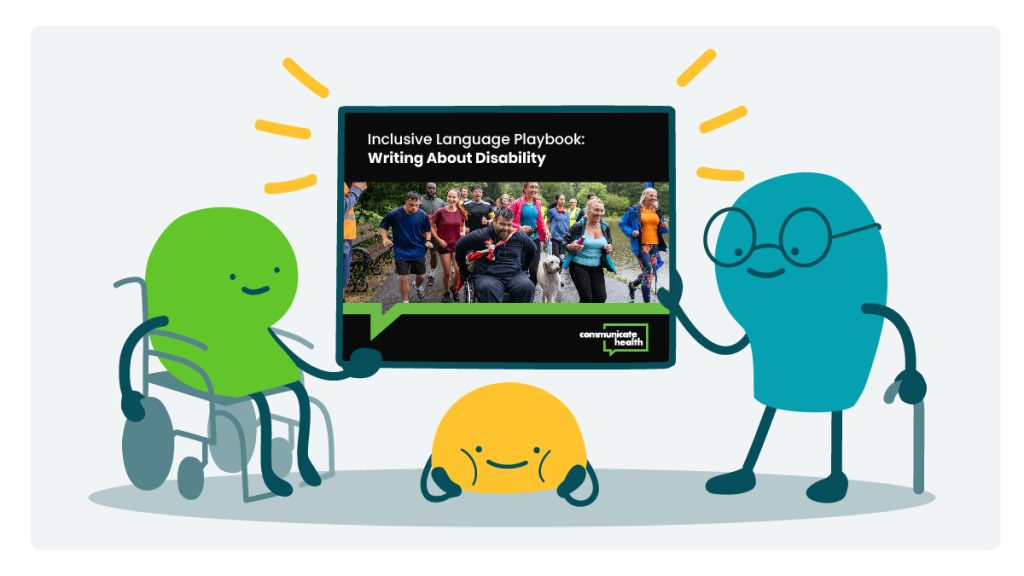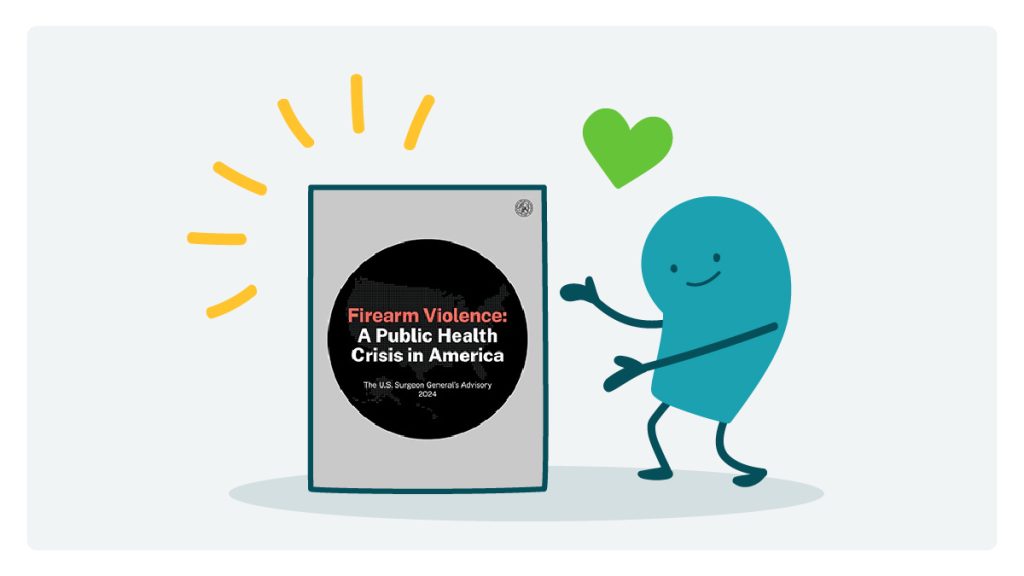
For our second “Voices From the Field” post, we had the immense pleasure of talking with Traci Augustosky. Traci leads a team of writers and editors at the Office of Communication that supports the Centers for Disease Control and Prevention (CDC) and the National Center for Environmental Health (NCEH)/Agency for Toxic Substances and Disease Registry (ATSDR). NCEH/ATSDR focuses on protecting people from environmental health hazards.
For more than 20 years, Traci’s been pursuing her mission of training public health professionals in clear communication (sounds familiar? At We ❤️ Health Literacy Headquarters, we think so too!). “All public health professionals should have clear writing skills — but it’s much harder than it sounds,” Traci says. “There are many tools out there to help professionals acquire writing skills, but writing well is only part of the equation. It takes a different set of skills to translate complex scientific language and messages into plain language while maintaining accuracy.”
Talking with Traci, we’re reminded that we’ve come a long way in advocating for health literacy best practices and plain language in a fairly short time. She remembers that when CDC published the CDC Clear Communication Index (CCI) around 2014 — in response to the 2010 Plain Writing Act — public health professionals across the country struggled to define what plain language meant for their work. “Thankfully, today’s health professionals are more aware and accepting of the fact that clear communication isn’t just someone else’s job,” Traci says. “It’s everyone’s responsibility.”
One way Traci and her team helped shift people’s perceptions was to make a small, but powerful change in how they communicated about their work. “Instead of talking about ‘plain language,’ we started calling it ‘clear communication.’ After all, who doesn’t want to communicate clearly?” We simply love this reminder that while it may not always seem like much, choosing the right words (at the right time) can have a real impact.
Speaking of impact — when asked what professional achievement she’s especially proud of, Traci names one of our favorite projects: “Our small but mighty team of writers and editors, along with CommunicateHealth, created the NCEH/ATSDR Clear Writing Hub.” The Hub is publicly accessible and has a variety of tools to help health professionals write clearly — like a communication playbook, an environmental health thesaurus, training modules, and testing tools.
Finally, we wanted to know what developments Traci’s hoping to see in the field of health comm over the next few years — and it’s all about further closing the gap between the public and health communicators. “I’d like to see a broader conversation about testing, including small-scale and informal testing. That’s one of the missing pieces. There’s a belief that you need lots of money, time, and research experts — but we have tools like the CCI, the Clear Writing Assessment, paraphrase tests, and in-depth interviews that you can do and get really valuable feedback, even if it’s just from 6 or 7 people.”
The bottom line: We’ve come a long way in raising awareness and acceptance of the need for clear writing skills among public health professionals — but our work is far from done. Good thing there’s advocates like Traci Augustosky and her team to help carry the torch for clear communication!
Copy/paste to share on social (and tag us!): The latest post in CommunicateHealth’s series “Voices From the Field” features Traci Augustosky at CDC/ATSDR’s Office of Communication. Check it out: https://communicatehealth.com/wehearthealthliteracy/voices-from-the-field-traci-augustosky-cdc-atsdr/ #HealthLiteracy #HealthComm






![A doodle with a cat on their head reads a sign with the headline “Understanding Your Cat Head Treatment Options.” Smaller text below the headline reads: “Cat head treatment is a personal decision — you get to choose what’s right for you!”]](/wp-content/uploads/WHHL-doodle-2024_07-23-1024x576.jpg)

